Is Quartz Heat Resistant Enough for Your Kitchen?
Quartz countertops have a lot going for them—consistent patterns, low maintenance, and a sleek, modern look. It’s no surprise they’re one of the most popular choices for kitchens. We install quartz often at Greenlee, and one of the questions we hear the most is: “Can I put a hot pan on quartz?”
It’s a smart question. Cooking creates heat, and your countertops are part of that environment.
Here’s what you need to know about how quartz handles the heat—and how to keep it looking its best.
What Quartz Is (And Why It Matters)
Quartz countertops are engineered surfaces—about 90–95% crushed natural quartz, combined with resins and pigments to bind everything together. That’s what gives quartz its smooth appearance and uniform color.
The resin component is the part to pay attention to when it comes to heat. Unlike natural stone, resins can react to high temperatures, which means quartz can be vulnerable to damage if exposed to direct or sudden heat.
What Heat Can Do to Quartz
Quartz is durable, but it’s not made to handle extreme or direct heat. Sudden changes in temperature—called thermal shock—can create stress in the material. That stress can lead to:
- Discoloration: The resin can darken or yellow from contact with a hot pan.
- Cracks: Thermal shock can cause fractures or fissures, sometimes spreading across the surface.
- Permanent damage: Once scorched or cracked, quartz can’t be perfectly repaired—marks often remain visible.
Common Kitchen Habits to Rethink
Most countertop damage doesn’t come from big mistakes—it comes from everyday moments. To keep your quartz surfaces in great shape, avoid:
- Setting hot pans or pots directly on the counter
- Running a slow cooker or griddle without a trivet underneath
- Resting hot dishes from the oven directly on the quartz
- Using quartz as a cutting surface, especially near the stove
How to Protect Your Quartz
A few simple habits can go a long way in preserving your countertops:
- Always use a trivet or hot pad under anything warm
- Let cookware cool for a few minutes before setting it near the counter
- Use a cutting board—not just for knives, but to reduce heat transfer
- Remind family and guests (especially helpful kids!) how to care for the space
The Greenlee Perspective
We recommend quartz often because it’s beautiful, reliable, and fits a lot of different kitchen styles. But when heat resistance is a priority, we’ll walk you through all your options—including natural granite, which tends to handle heat better.
Every home and cook is different, and we’re here to help you choose a surface that fits the way you live.
Trust your countertops—and the team who installs them.
We’ve been doing this for 27 years, right here in Prescott. When you come to Greenlee, you’re getting more than great materials—you’re getting real guidance from a local team who’s here for the long haul.
Bring a sketch and come see us. Let’s find what makes you feel good—and what works for how you actually live.
Designing Surfaces For Your Life
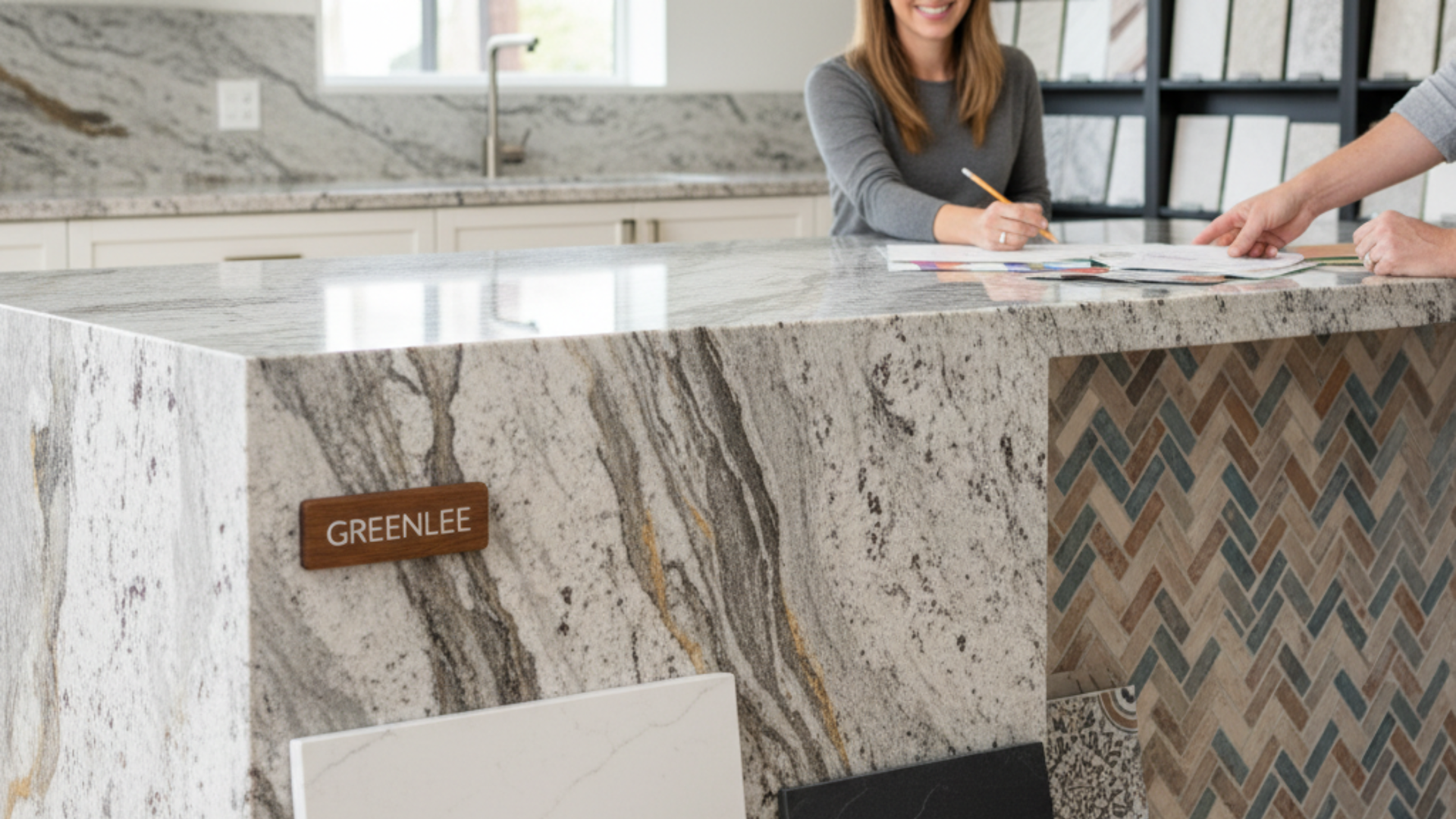
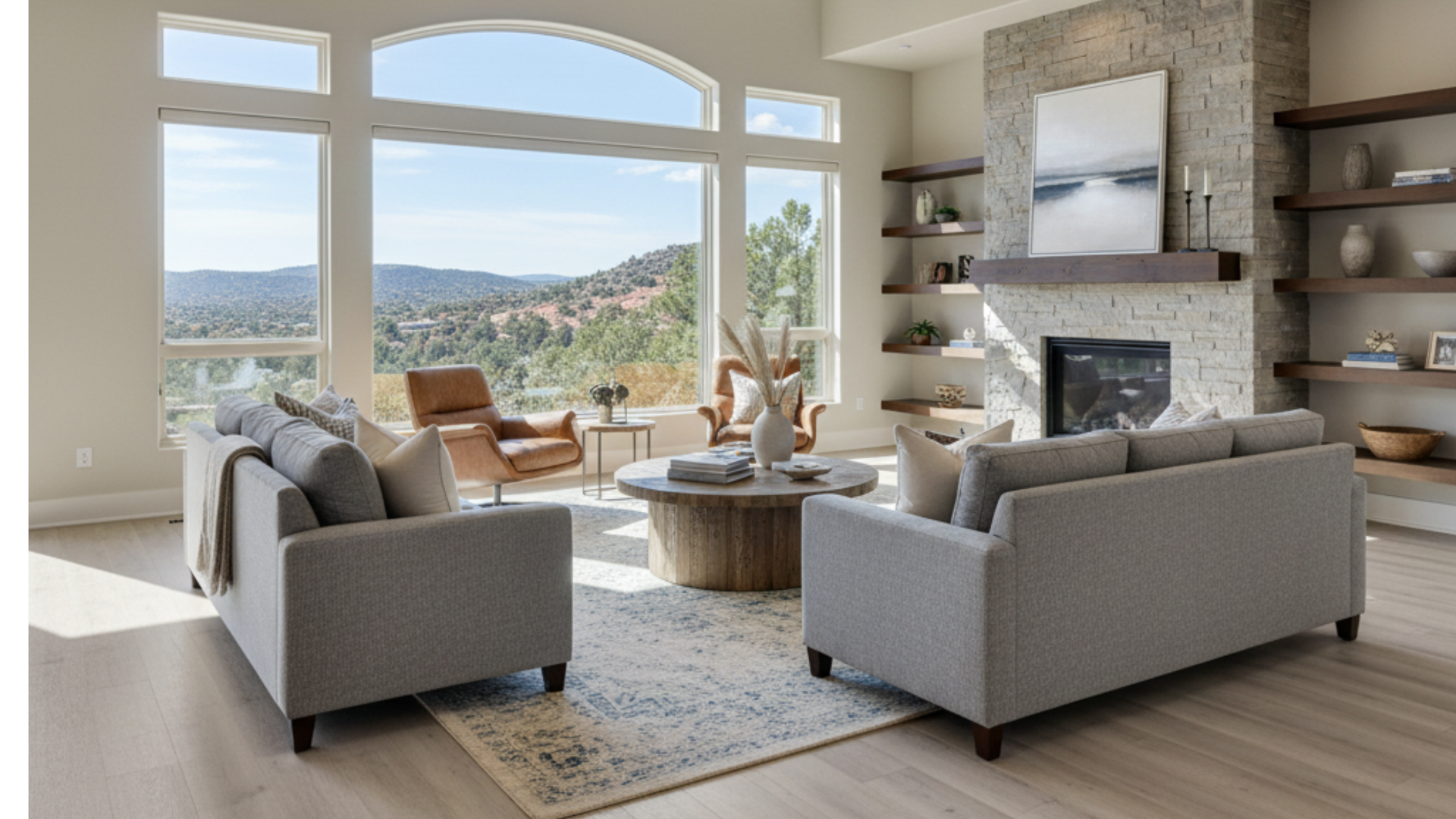
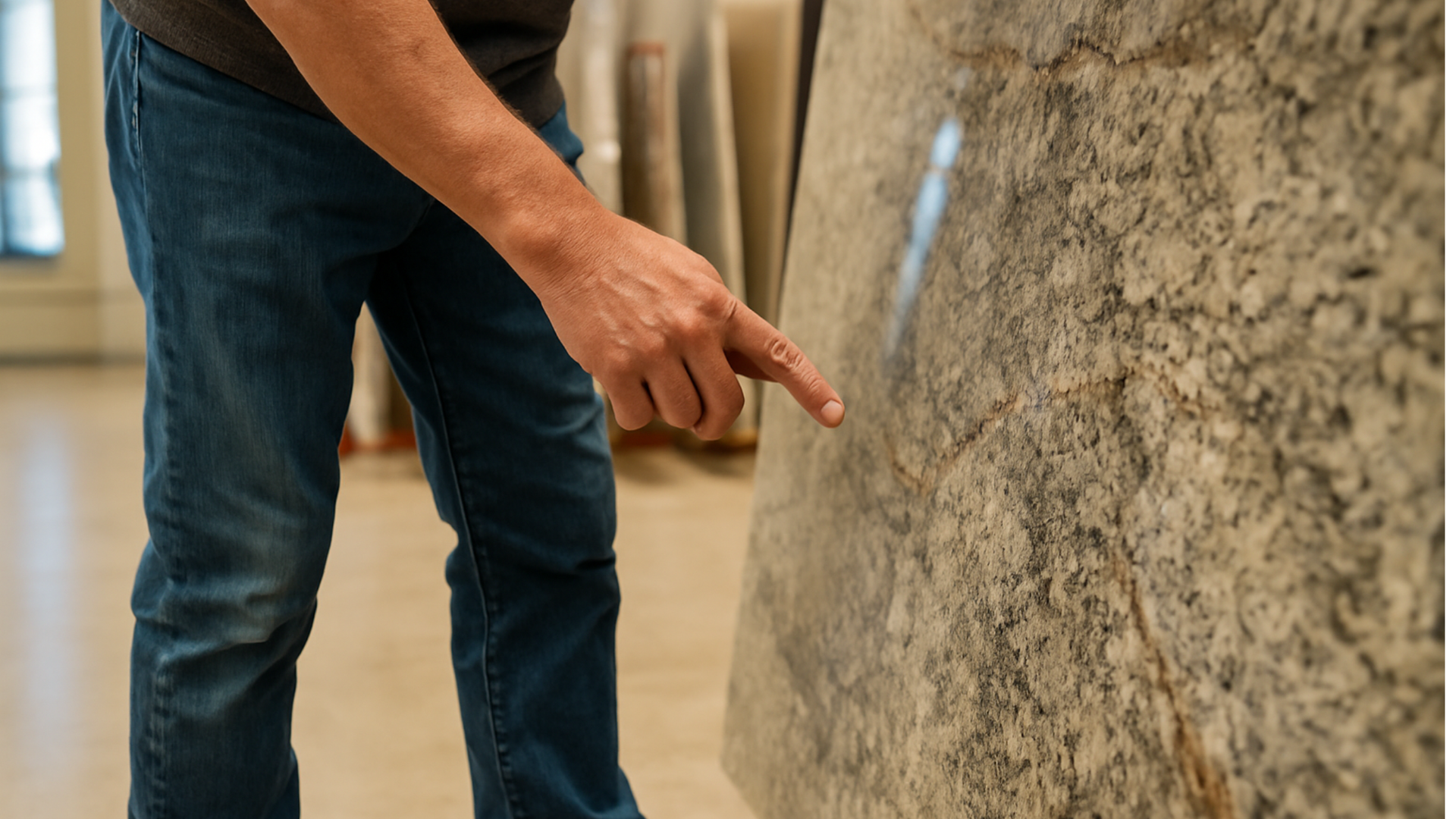
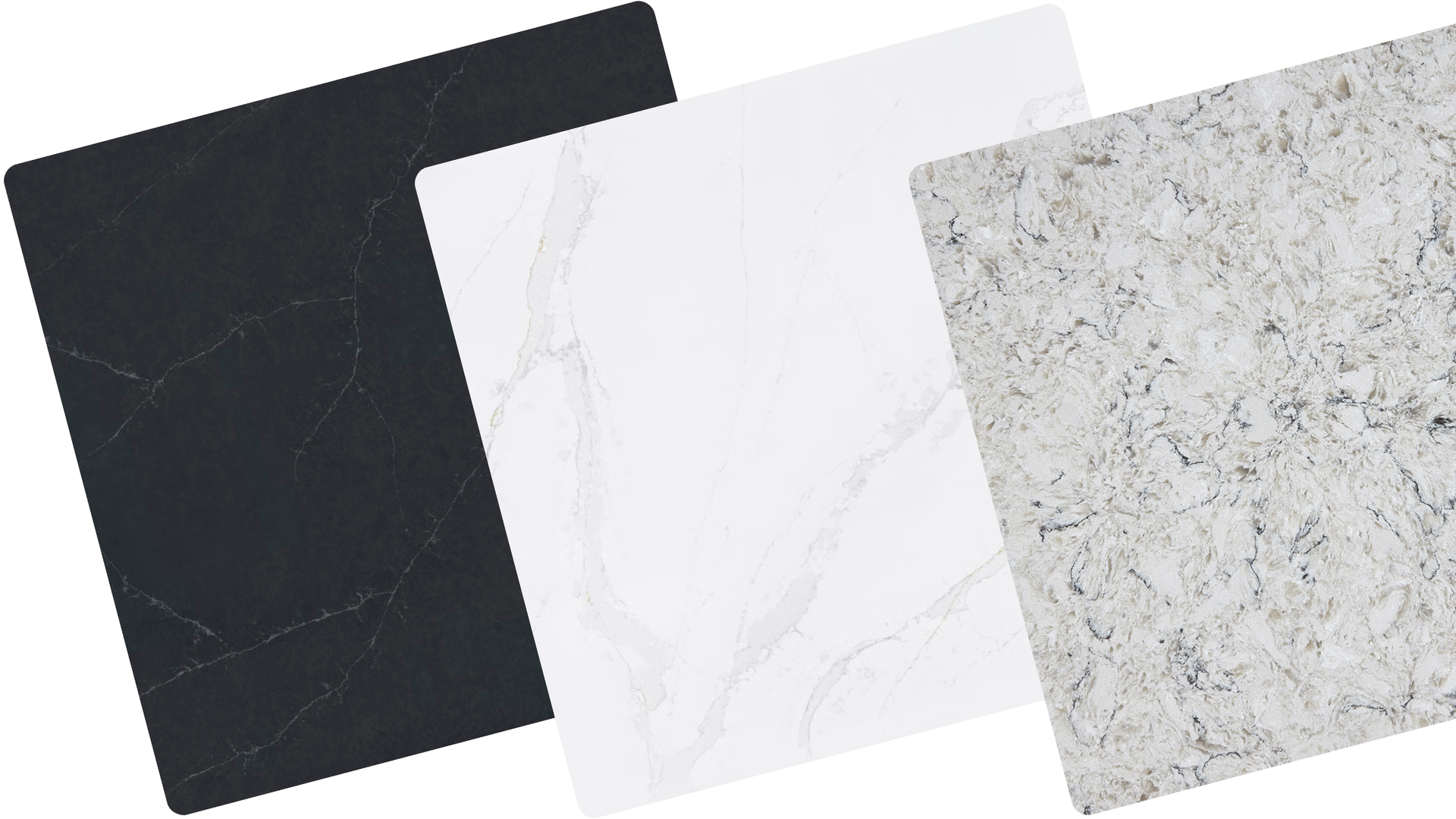
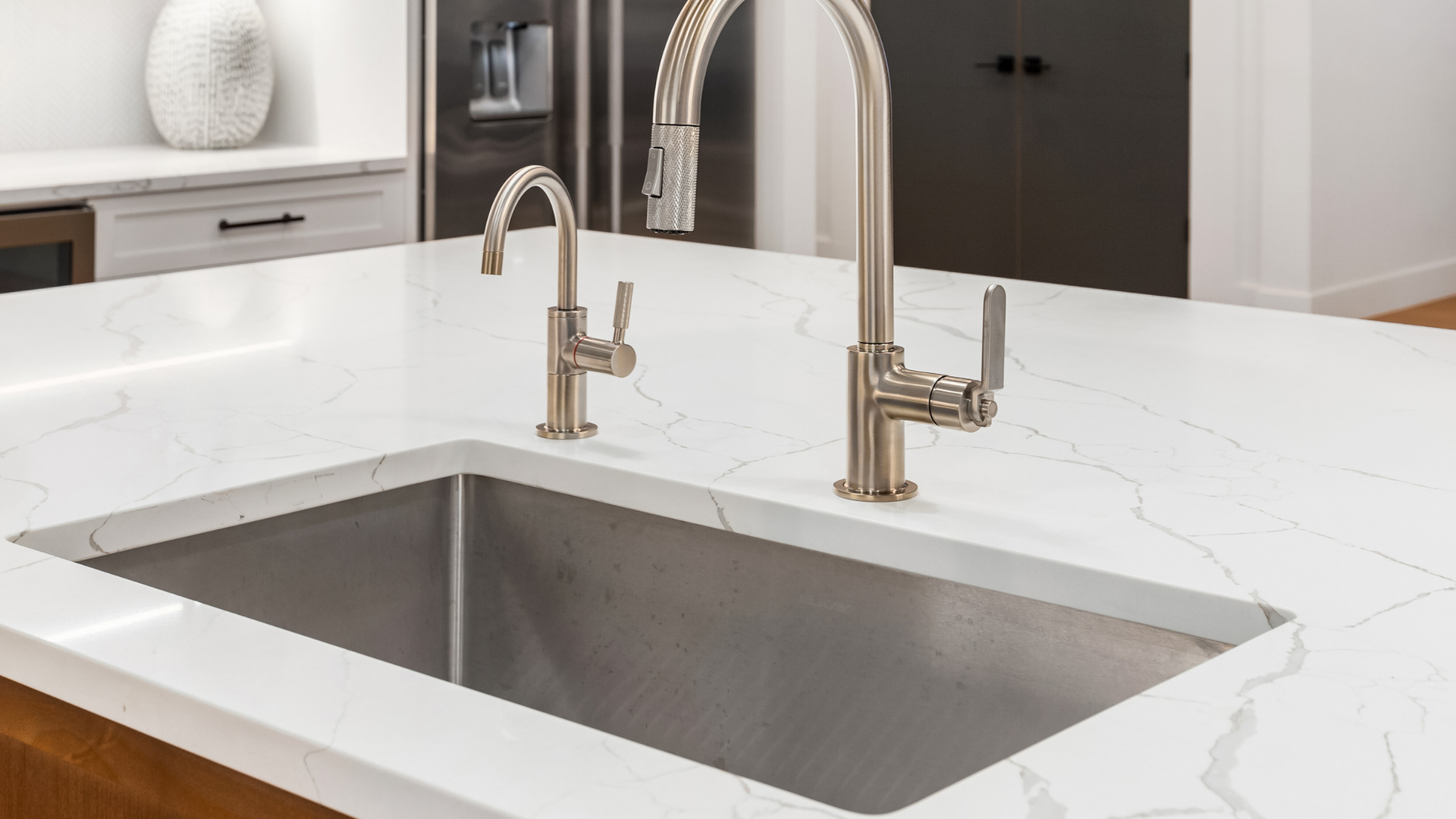
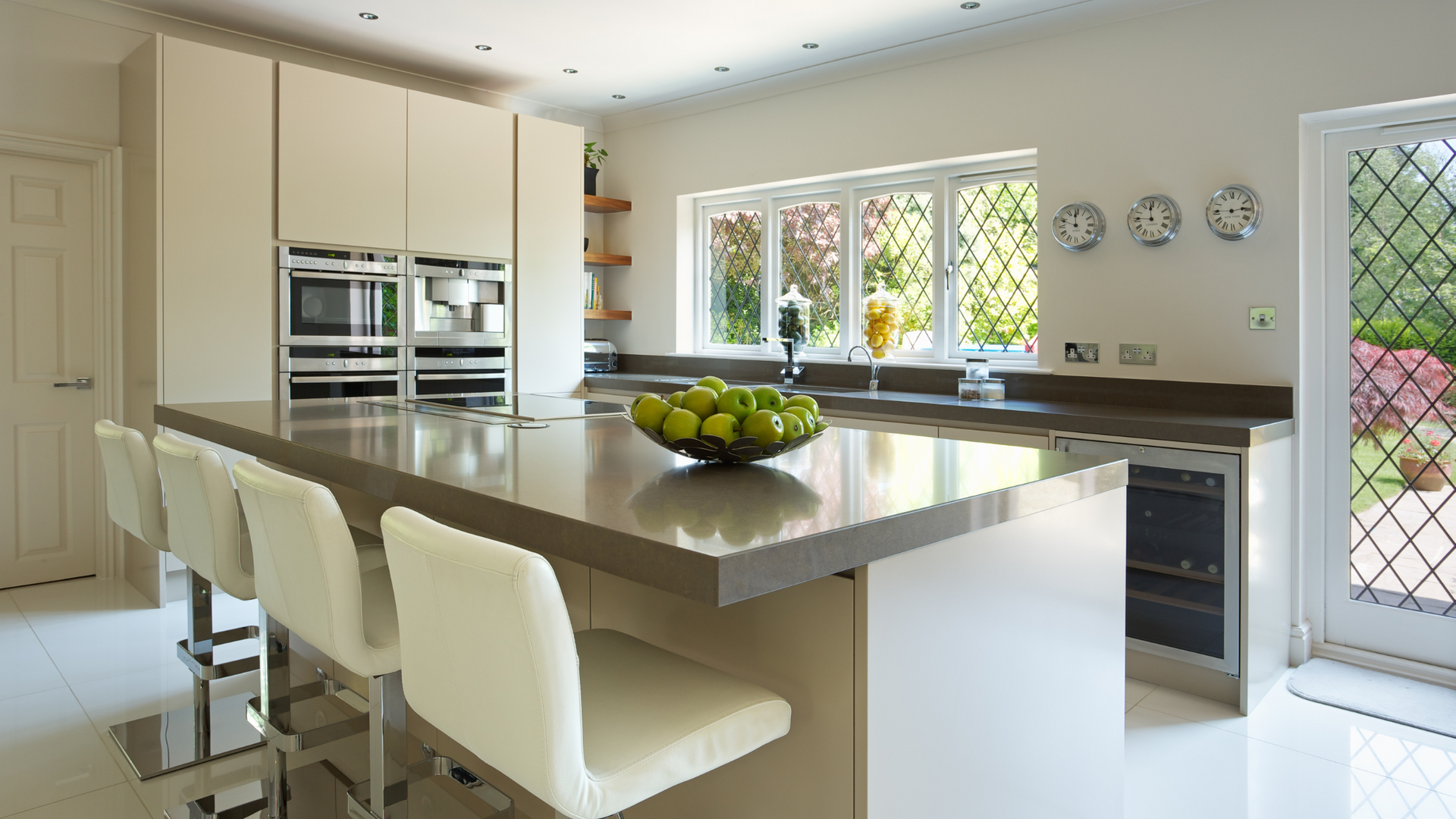
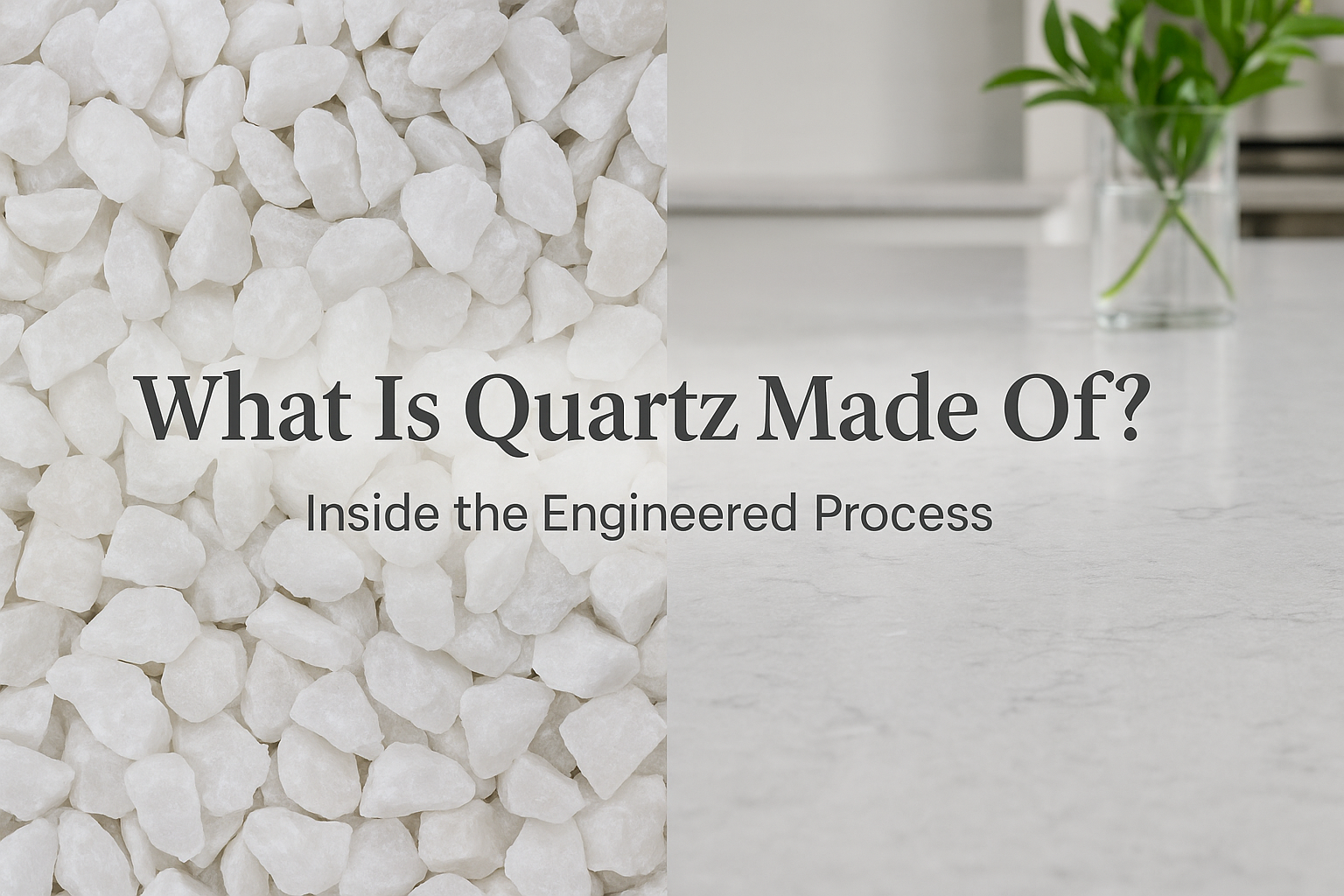
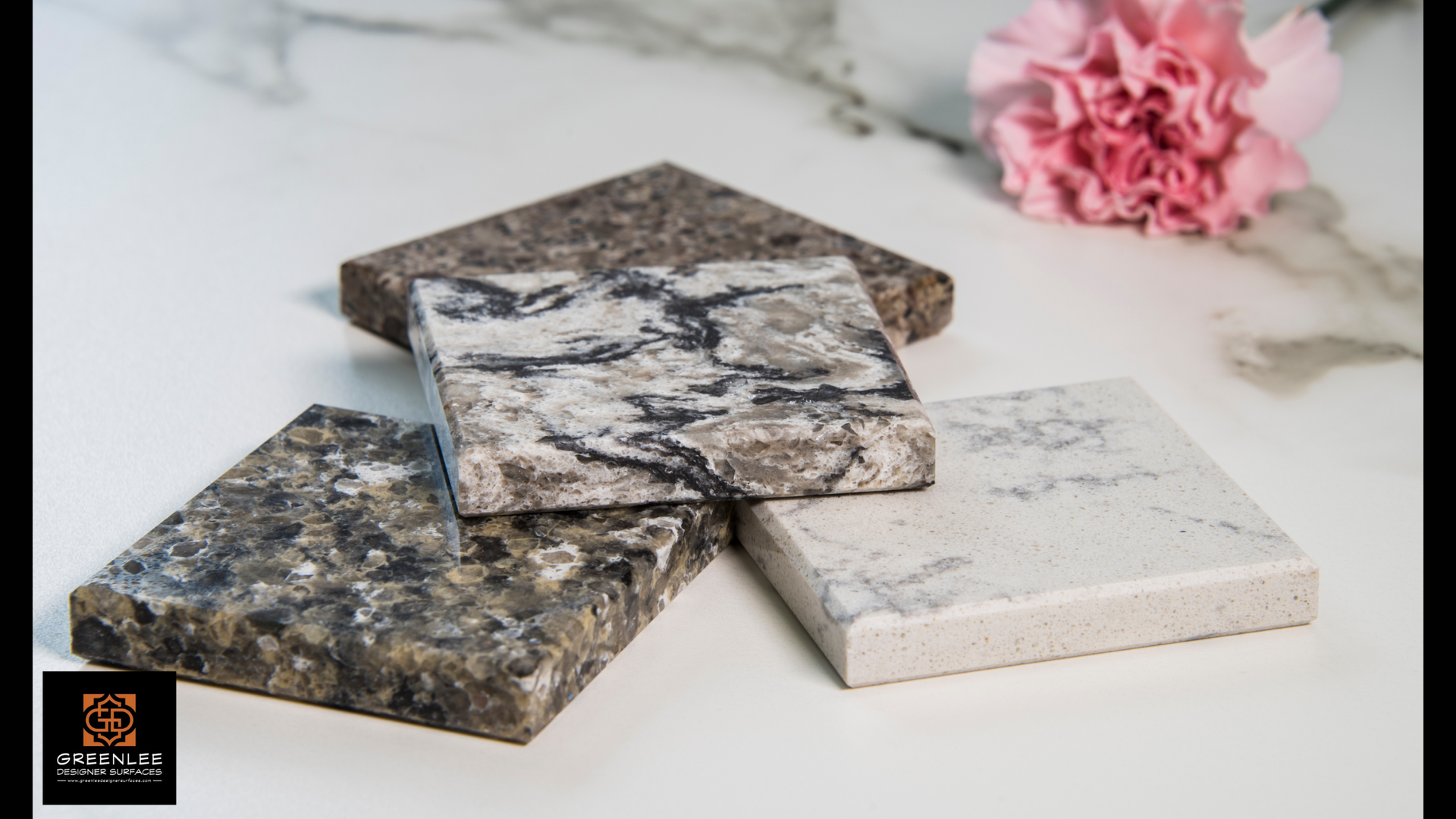
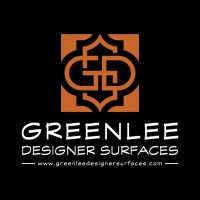
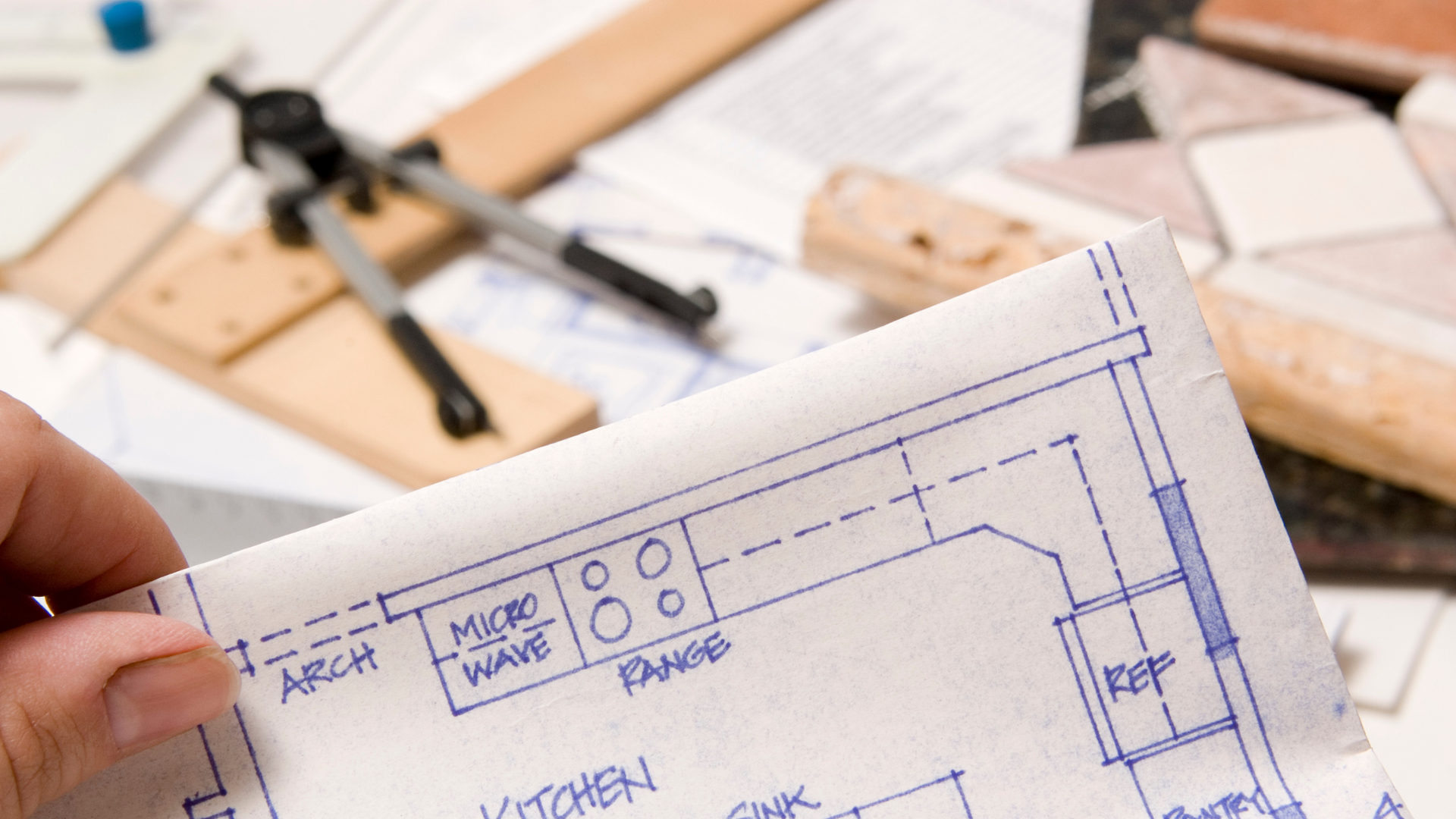

Share On: